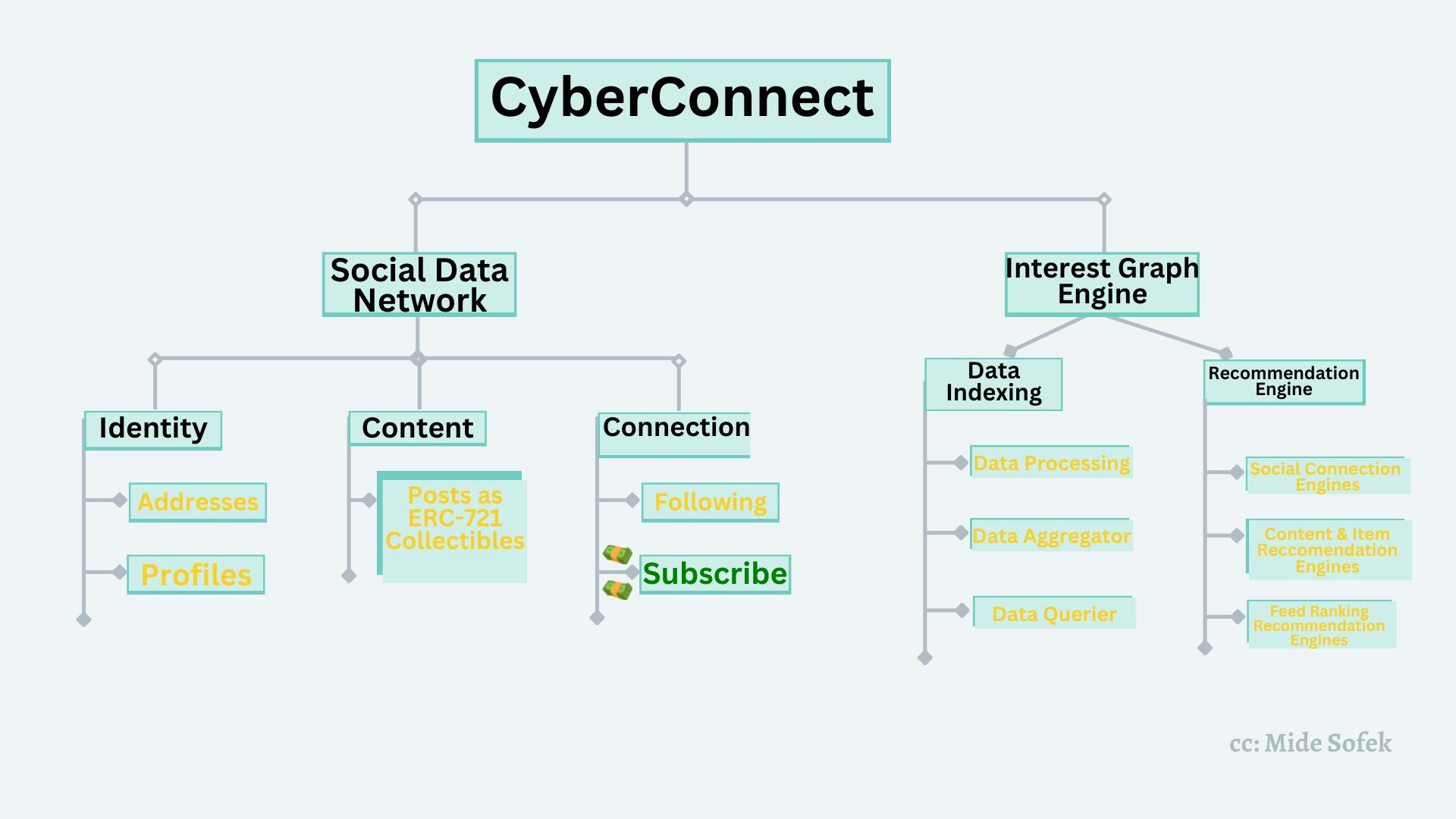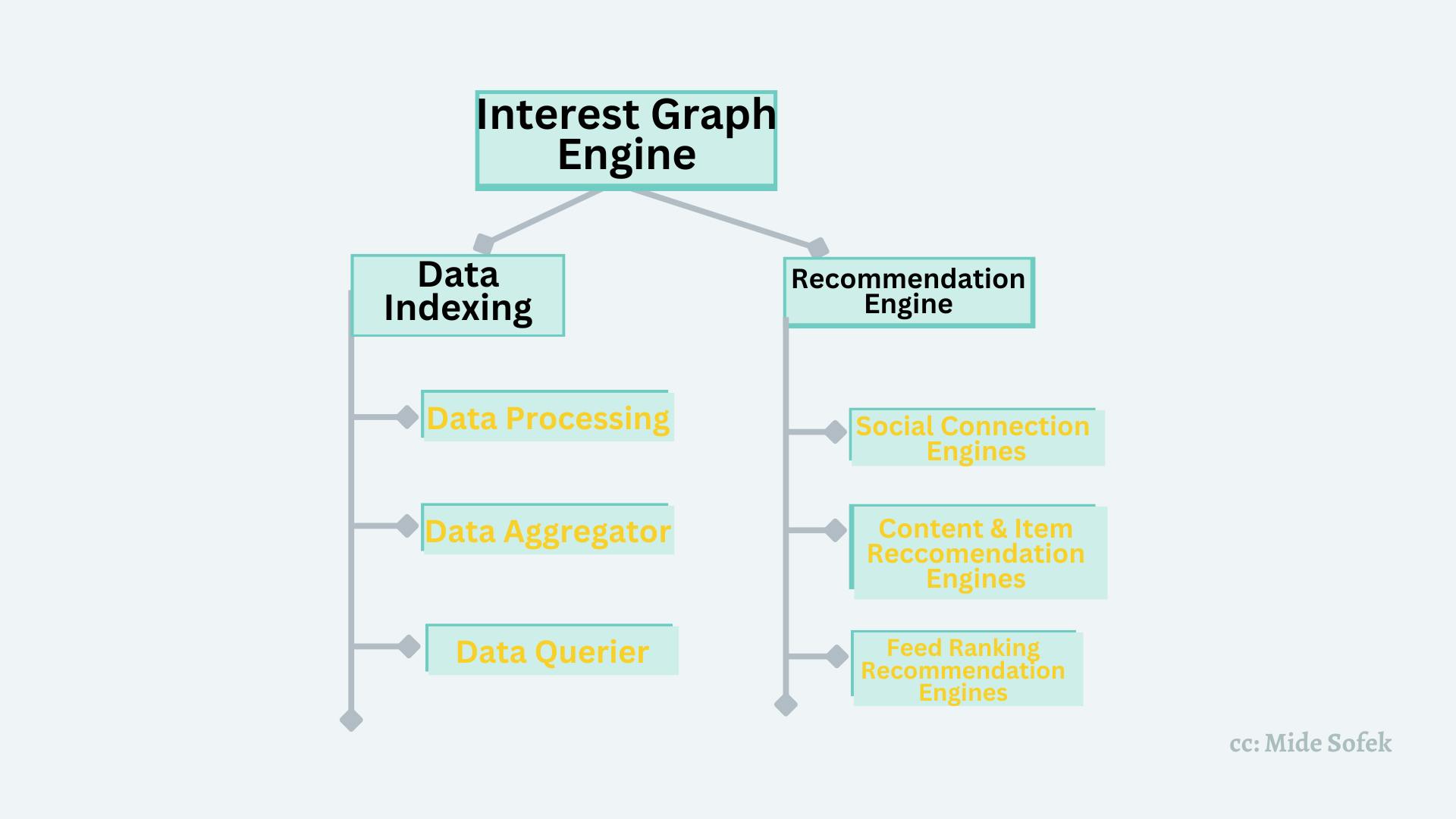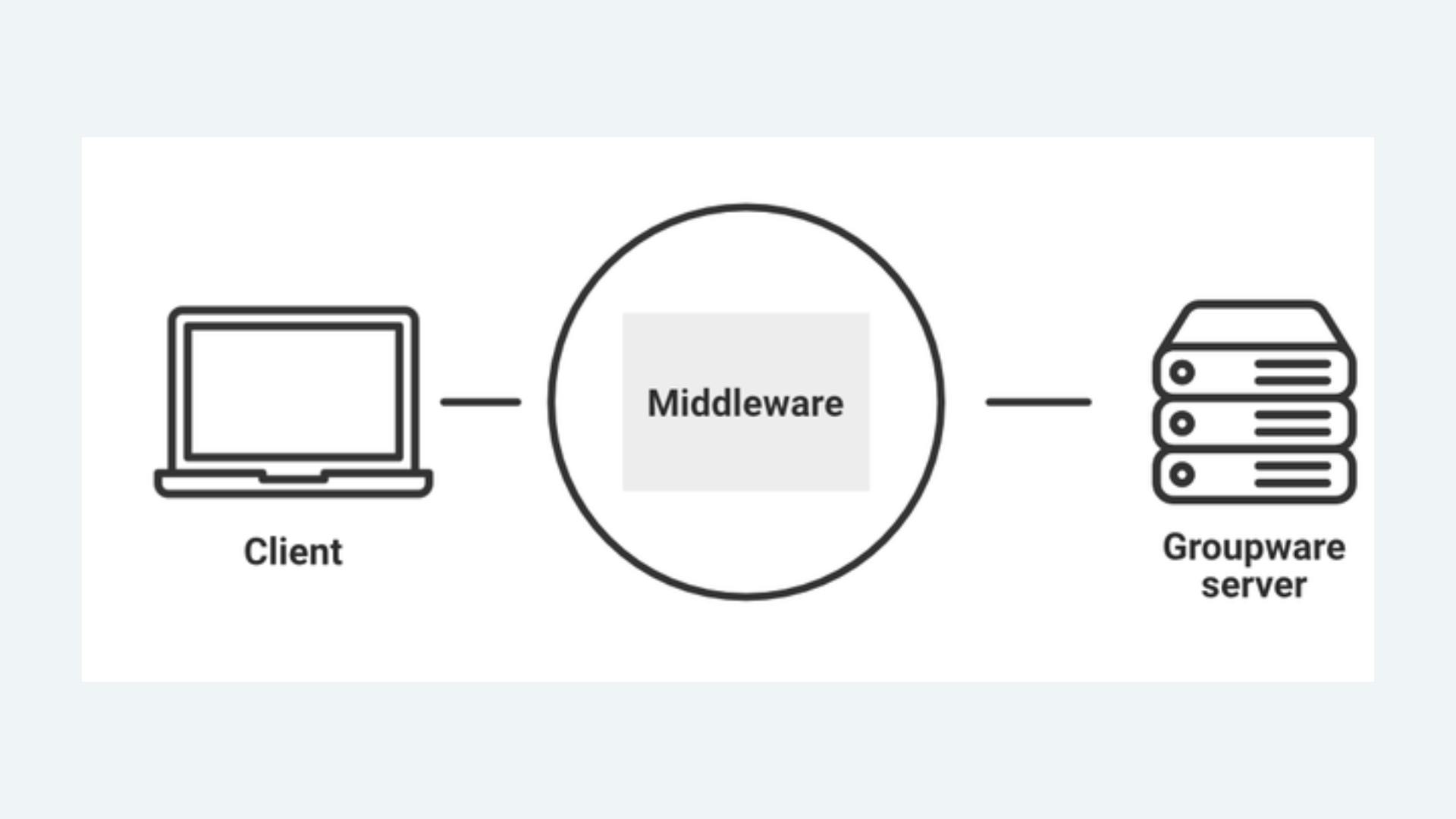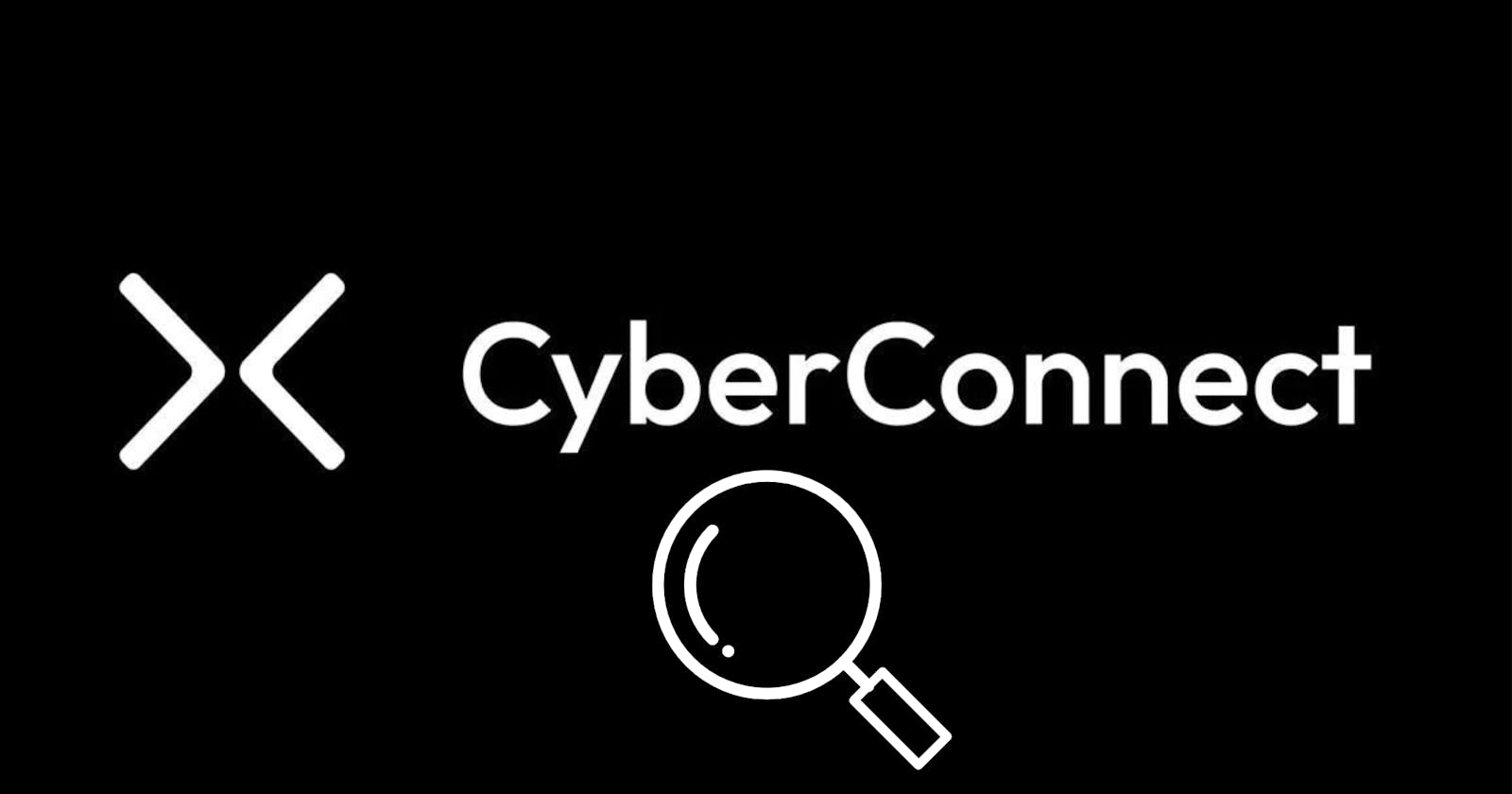Understanding the CyberConnect Protocol: A Detailed Overview, Middlewares and Use Cases
A comprehensive overview of CyberConnect, potential use cases and deep insights on how to utilize middleware on CyberConnect
Understanding the CyberConnect Protocol: An Overview, Middlewares and Use Cases
(A Comprehensive Illustrative Tutorial)
In this Comprehensive illustrative tutorial, you will learn:
- What CyberConnect is and a structured insight into the architectural framework of the social protocol;
- The meaning and functions of middleware and the supported middleware on CyberConnect;
- The existing and future uses cases of the CyberConnect Protocol.
Table of Contents
1. What is Cyber Connect
1.1 A Quick Overview of CyberConnect Protocol
1.1.1 Social Data Networks
1.1.1.1 Identities
1.1.1.2 Content
1.1.1.3 Connection
1.1.2 Interest Graph Engine
1.1.2.1 Data Indexing
1.1.2.2 Recommendation Engines
2. What is Middleware?
2.1 The Supported Middlewares on CyberConnect Protocol
3. Potential Use Cases
3.1 Decentralized Social Networking Platforms
3.2 Crowdfunding Blogging Platforms
3.3 SBT/NFT Issuing Platforms
Conclusion
Next Steps
1. What is CyberConnect?

CyberConnect is a decentralised social protocol that helps web3 applications bootstrap network effects and empowers users to truly own and monetize their social profiles, contents, and connections.
By integrating CyberConnect features and unique tool sets, developers can easily set up their web3 social decentralised applications (dApps) to store and manage users' social data such as profiles, posts, and contents in secure and decentralised data.
CyberConnect flourishes on an architectural design that is highly scalable, and composable and enables gasless transactions (through meta-transactions).
A Quick Overview of CyberConnect Social Protocol

The entire CyberConnect protocol can be characterized under two major components:
- Social Data Network
- Interest Graph Engine

Social Data Network
Generally, looking at what we currently have in web2, we can see that users generate and provide data when engaging on social platforms. For instance, Twitter/Facebook users will generate a profile account, most likely create content and follow their favourite creators.
These 3 characteristics are common on every social network platform in today's world. Hence, web3 social networks shouldn't be utterly different or try to reinvent the wheel.
Following this line, CyberConnect's social network infrastructure is characterized by 3 components:
- Identity
- Content
- Connection

Identity
In CyberConnect, an identity is manifested in form of user-generated social profiles and on-chain address-related data (ENS name, NFTs - real NFTs as profile pictures, DIDs, etc) which is then mapped into one holistic identity, i.e. one single profile accessed through a username.
Profiles, in CyberConnect, exist in the form of ERC-721 NFTs which are directly owned by the user (not the social network) and can be transferred by the user (if they ever want to do so).
See this profile example on Link3
NOTE: CyberConnect protocol is gasless - so users get to mint profiles/content NFTs without paying gas fees.
Content
Just like tweets on Twitter, pins on Pinterest, and posts on Instagram / YouTube / LinkedIn, users can also generate posts, videos and publications in web3 social applications which will be wholly owned by them and decentralized.
CyberConnect also enables innovative ways to engineer community engagement, monetize content and raise funds through public goods funding, charity donations and governance - all these are powered by smart contracts.
Since content exists in the form of NFTs (which is tied to a user profile), a content creator could list content for sales (just as they would to normal NFTs) and other users can collect this content, seamlessly!
Connection
Connections represent relationships between identities. This relationship exists in two forms: through following and subscribing.
'Following' is the normal unilateral connection we see on our regular social media platforms, where we follow close buddies and favourite creators.
In CyberConnect, 'following' exists when an address follows another address. This address-to-address connection is stored in a cost-efficient decentralized storage called Arweave.
'Subscription', on the other hand, represents the relationship from one address to a profile. Profiles can be subscribed to with payment attached. Users, after creating a profile, may set up rules for receiving subscriptions. This means users can specify the number of tokens needed to pay to become a profile subscriber and subscribers, in return for subscriptions, get a subscriber NFT.
This subscription model is enabled via something called Middlewares
N.B: We would look at Middlewares later on in this tutorial.
Interest Graph Engines

Source: CyberConnects Documentation on Interest Graph Engines
CyberConnect's Interest Graph Engine indexes and aggregates on-chain and off-chain data sources related to identity and its activities, to create a fully integrated system.
Developers can easily leverage this integrated system (a combination of indexed data and recommendation models) to foster user acquisition and user retention in their dApps.
CyberConnect's Interest Graph Engine can be characterized into two major components:
- Data Indexing
- Recommendation Engines

Data Indexing
Data Indexing System indexes data from blockchains (e.g. Ethereum, Solana, BNB Chain), decentralized stores (e.g. IPFS, Ceramic, Arweave), as well as off-chain platforms (like Twitter, Rarible, Foundation) to offer insights that can be used in various social contexts.
Data indexing comprises 3 distinct components: data processing, data aggregation, and data querier.
These components empower developers with the ability to leverage insights like social trading signals, gaming activities, DAO engagements, etc.
Recommendation Engines
Simply put, recommendation engines on CyberConnect are similar to the web2 algorithm that governs the kind of content we see on our feed, ‘following’/friend suggestions and how feeds are ranked.
Technically, recommendation engines convert indexed data into graph representation to provide graph-based data analysis and recommendations.
These recommendation engines lower the barrier of launching social applications for developers and provides a token-curated marketplace built for developers to create better recommendation models - instead of trying to build a social application from scratch.
CyberConnect's Recommendation Engine thrives on 3 broad models: social connection recommendations, content & item recommendations, and feed recommendations.
Now that We understand the overview of CyberConnect protocol and how it works, let's now take a deep dive into "middlewares" and how we can build cool applications with them.
2. What is Middleware?

Generally, a middleware is a computer program that acts as an intermediary between two applications or services to facilitate their communication.
In this context, middlewares are smart contracts that enable dynamic rules for executing a piece of logic before that action is executed.
Essentially, middlewares enable dynamic rules for when an action is performed.
Supported Middlewares on CyberConnect protocol
CyberConnect protocol provides three main types of middlewares,
profileMiddleware, collectMiddleware and subscribeMiddleware.
They enable dynamic rules involved in profile creation, content collection and paid subscription.
These middlewares function as smart contracts with logic executed before and after profileCreation, collect and subscribe happens.
Subscribe Middleware
SubscribeDisallowedMw- Subscribing to a user is disallowed.SubscribeOnlyOnceMw- users can subscribe only once to this profile.SubscribePaidMw- users pay a certain fee in ERC20 token to subscribe to this user.
Collect Middleware
CollectDisallowedMw- Collecting the essence is disallowed.CollectOnlySubscribedMw- Only subscribed profiles can collect the essence.CollectPaidMw- Users pay a certain fee in ERC20 token to collect the essence.CollectPermissionMw- Users can collect the essence only if they have a valid signature from the signer.CollectMerkleDropMw- Users can only collect an essence using the correct Merkle proof.
Find more insights on CyberConnect's Developer Guide
3. Potential Uses for CyberConnect
Due to its vast functionalities, there is an avalanche of possibilities that can be achieved with CyberConnect.
Over time, CyberConnect, launched in 2021, has rolled out some unique functionalities and has still got a lot more to be released.
The current CyberConnect architecture affords developers to build:
- Killer Social dApps
- Crowdfunding Blogging Platforms
- SBT/NFT Issuing Platforms
Decentralised Social Networking Applications
One of the uniqueness CyberConnect brings to the table is that it enables user-focused and community-oriented online social networks.
Developers can build social decentralised application networks with CyberConnect protocol; to store and manage users' social data such as profiles, posts, and content in a decentralised manner.
In addition, users can publish their social data in form of NFTs on any blockchain they desire and can choose to monetize this data at their will.
This enhances the true Spirit of web3 - ownership, decentralization and security.
Link3.to is evidence of how much developers and builders can achieve with CyberConnect.
Link3 is a social network and community platform that enables teams to build meaningful relationships with community members.
Taking a cue from the success of Link3, we can estimate how much potential developers can maximize with CyberConnect-enabled social dApps.
Crowdfunding Blogging Platforms
With the rapid growth and momentum of the CyberConnect protocol, we will soon start bidding farewell to centralized/private content applications in the business of ripping off creators.
By leveraging CyberConnect's range of functionalities, developers can build decentralized content platforms (like blogs, and podcasting channels) whereby creators can directly monetize their content.
Bloggers, for instance, can publish their content as NFTs with a price of $17 Cyber tokens and allow only their subscribers to collect such content and NFTs.
This is insanely mind-blowing! Creators can now get the maximum value for their time and efforts🥂
Creators are directly incentivized, which boosts their morale to create better content for the ecosystem.
SBT/NFT Issuing Platforms

SBT - i.e. SoulBound Tokens (SBTs) are non-transferable, publicly-verifiable digital tokens that represent a person's data/identity on the blockchain
With the recent trends in the web3 space, teams that reward and incentivize their community do better than those that don't.
CyberConnect makes this reality possible and less stressful for web3 teams.
The CyberConnect protocol enables communities to build and retain large audiences with social data that live on CyberConnect as ERC-721 NFTs.
Web3 projects can leverage CyberConnect to stimulate community profiles and reward loyal members who actively participate in events and other community activities (like spaces, and AMAs) with badges issued through CyberConnect.
P.S: These badges exists in form of NFTs
Finally…
The above use cases do not sum up the entirety of CyberConnect's potential.
There are other use cases (like a certificate issuance portal for schools/universities, a Decentralized platform for creators, a web3 version of Gofundme, Public goods fundraising platforms, etc).
Also, the open-source nature of CyberConnect enables developers to contribute to the protocol and even leverage customizable middleware to expand their capabilities.
As the saying goes, 'a protocol is only as strong as the applications(dApps) and developers building on top of it'.
Cyberconnect is still in its early stages and there are still a lot of great things to be achieved with the protocol.
Next Steps…
For further reading:
- Check out CyberConnect's Documentation for further clarification
- Join the community to ask your questions
- Follow CyberConnect to catch up on future updates.
Let me know if this guide helped!
Wagmi🚀
